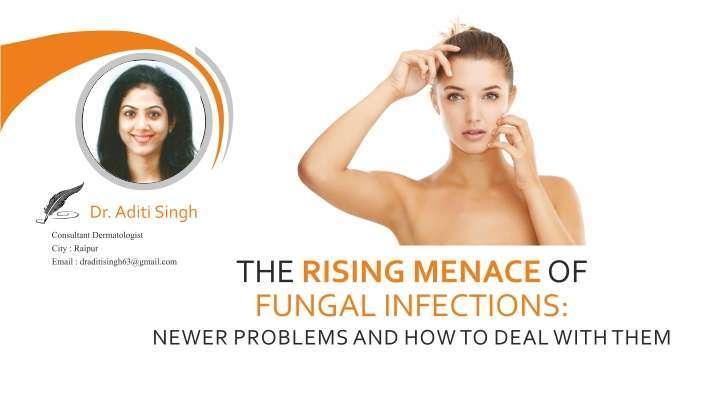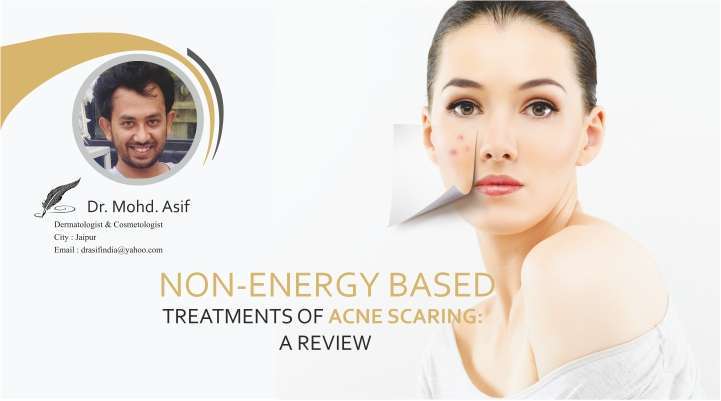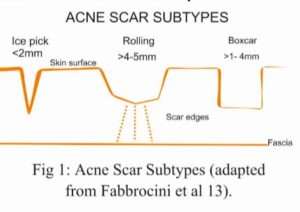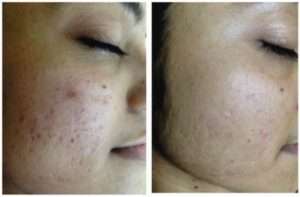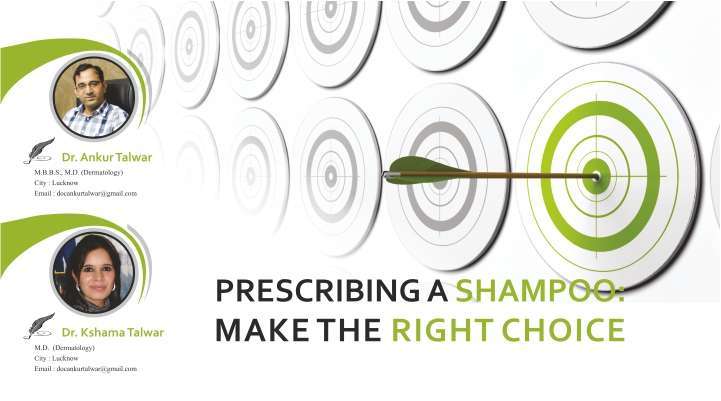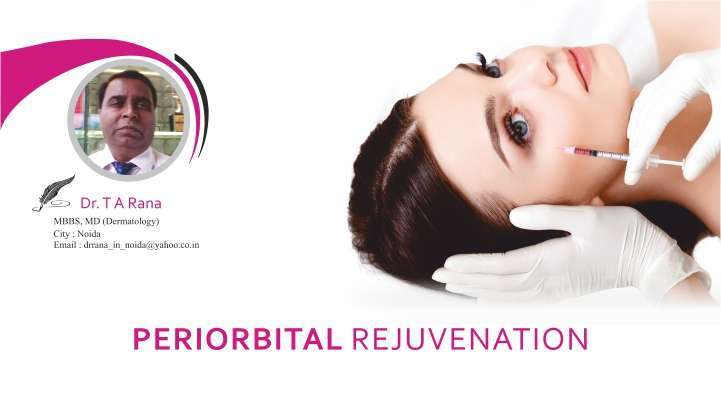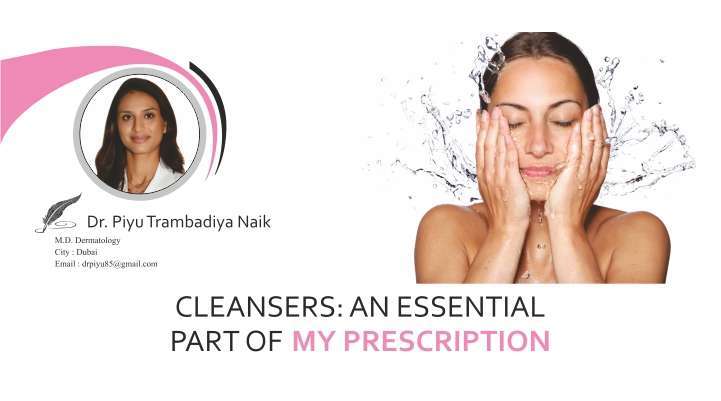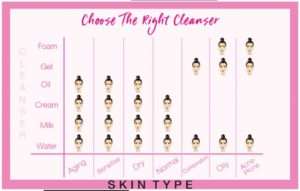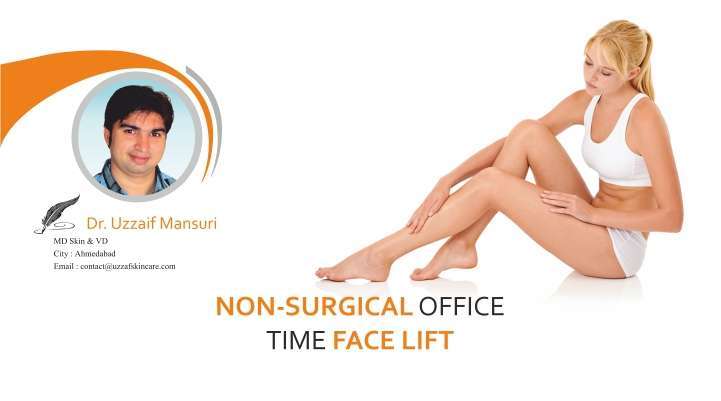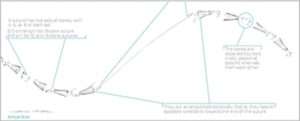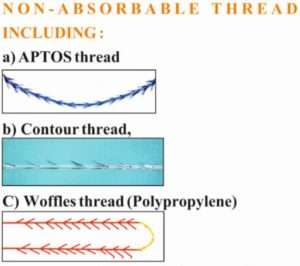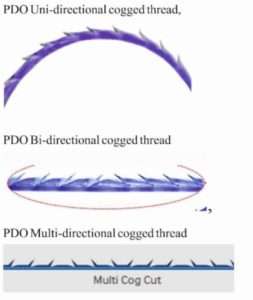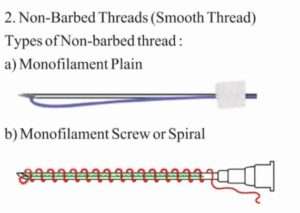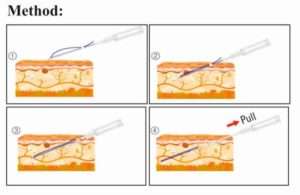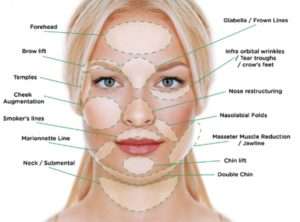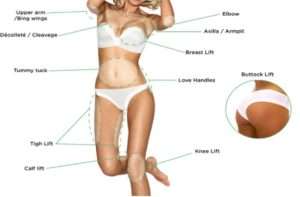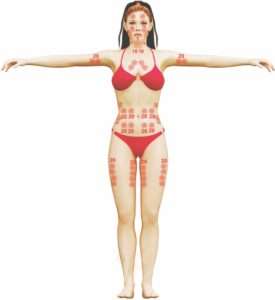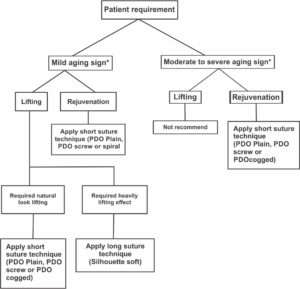Fungal infections are not unfamiliar to a dermatologist. They, in fact, comprise the bread and butter for us. However, what is new is a multitude of challenges that every Dermatologist these days faces at present:
- Resistance to topical and systemic antifungals
- Varied/not-so-classical presentation of lesions due to a number of reasons (mentioned below)
- Recurrences/relapses despite completion of antifungal regimen/complete compliance by patient
Let’s delve a little deeper into each of these issues:
1. Resistance to topical and systemic agents:
Q.When can we say that the patient has developed resistance to a particular agent?
A.In common practice, we can presume that the patient has become resistant to the topical/systemic drug when after 2-4 weeks of consistent and correct use, there is no clinically apparent or symptomatic improvement.
Q.How does resistance occur?
A.Resistance occurs when the fungus adapts itself to the fungistatic/cidal agent being used through some intrinsic genetic/biochemical mechanisms.
In practice, it develops as a consequence of
- incorrect/inconsistent use by the patient
- rampant abuse of antifungals by patient/medical practitioners
- many over-the-counter preparations especially in India comprise a cocktail of unnecessary drugs, which modifies the growth of the fungus, causing it to temporarily cease its metabolic activity/reproduction, but thereafter a resurgence occurs leading to undue and aggressive fungal growth.
- an infection with a drug-resistant species of fungus, in which case patient does not show the slightest sign of clinical improvement and it maybe advisable to consider doing a fungal culture/sensitivity.
Q.How can resistance be prevented?
A.On the part of the treating doctor:
– The Dermatologist should always start prescribing from the basic/lower antifungal molecule. Just as in case of antibiotics we start from Azithromycin/Amoxicillin, likewise we need to start from the lower molecule and then move up the ladder if we feel the former is not working, rather than directly prescribing the “latest molecule in the market”.
- Explain the correct usage of the drug to the patient in detail.
- topical drug should to be applied 1 cm beyond the visible margins of lesions
- dusting powder is particularly advised in intertriginous areas
- treatment regimens should last at least 1month for extensive lesions.
- topicals should be applied at least two weeks beyond clinical resolution
- follow-up is quite important
- Impress upon the patient the need for correct usage/ dangers of incorrect usage.
On part of the patient:
– Strict adherence to the treatment regimen is advised
– Non-usage of any other concurrent medications that he/she might have “used earlier” and “got relief”
– It is advisable to consult a doctor rather than a chemist, for “some itch relief”
– It is advisable to a Dermatologist rather than a BAMS/BHMS doctor.
Q.Once it occurs, how to deal with resistance?
A.The ideal solution or the first step in the management of resistance is to acquire a confirmation microbiologically. But in case that is not possible, as is the case most of the times in practice, following methods can be used:
– Avoid monotherapy, ie, Combine a topical and systemic antifungal concurrently
– Both should preferably belong to different classes of drugs, so that if resistance occurs to one class of drugs, the other still works.
Prescribe Soap/Dusting powder for extensive lesions/ recurrent cases
– Prescribing combination drugs should be avoided.
– If a patient develops resistance while on systemic therapy, the patient should be asked to complete that regimen and then shift to a new drug rather than stopping the previous one mid-way and starting another one abruptly.
2. Varied/not-so-classical presentation of lesions:
- Many a time, the varied/unpredictable presentations of superficial dermatomycoses pose a diagnostic challenge to the Dermatologist
- Unusual/atypical infections are particularly common in following settings:
- Patient has been treated by multiple doctors previously, including non-dermatologists
- Use/abuse of over-the-counter drugs especially steroid-containing medications
- Differential diagnoses to be kept in the mind while considering a patient to have Tinea:
- Granuloma Annulare
- Erythrasma
- Inverse Psoriasis
- Erythema Annulare Centrifugum
- Contact Dermatitis
- Frictional Dermatitis
- Atopic Dermatitis
- Eczema
- Differential diagnoses to be kept in the mind while considering a patient to have Tinea:
- Diagnosis and management become a difficult task and one has to tread with great caution and some basic bedside investigations might have to be performed to be able to come to the correct diagnosis. Eg. A simple KOH mount can help come to the correct diagnosis of fungal infections.
3. Recurrences/relapses despite completion of antifungal regimen/complete compliance by patient:
We often encounter patients in our practice who come and share with us that “rashes subsided and got cleared off but now it has begun again”.
What we should NOT do:
- Prescribe yet another antifungal regimen
- Add an oral antibiotic and continue both regimens for a longer time period (1 month instead of previously recommended 2 weeks)
- Add a potent topical steroid to “counter the inflammation”
What we SHOULD do:
- Check the compliance of the patient by taking a detailed history of usage of medications
- Check for any underlying comorbidities that might be predisposing the patient for recurrence, eg, rule out Diabetes, Obesity, Type of Occupation (involving working in hot humid conditions, like cooking, working in factories), any underlying immunosuppressed states
- Check for personal habits (frequency of bathing and use of fresh clean clothes, practice of personal hygiene, patient’s surroundings)
- Check for any concurrent medications which might be causing reduced efficacy of the antifungal regimen due to potential drug interactions
- Explain inter-personal transmission by fomites, advice patient to use separate towels, soaps, clothes
- Educate and counsel patient to STOP using over-the-counter medications for the “ring worm”
- Advise patients to be particularly careful during the hot/humid summer/monsoon seasons as fungal infections are on the rise during the said time periods.Check for family history of similar complaints and advice for concurrent treatment of other members if they have similar complaints.
- Check for any concurrent medications which might be causing reduced efficacy of the antifungal regimen due to potential drug interactions
- Explain inter-personal transmission by fomites, advice patient to use separate towels, soaps, clothes
- Educate and counsel patient to STOP using over-the-counter medications for the “ring worm”
- Advise patients to be particularly careful during the hot/humid summer/monsoon seasons as fungal infections are on the rise during the said time periods.
In Summation:
- The rising menace of fungal infections can be a massive challenge for dermatologists.
- Going deep into the cause and avoidance of rampant abuse of antifungals can help curb the problem of resistance.
- The importance of hygiene and simple home-measures can not be undermined and go a long way in preventing the spread/treating fungal infections.
- Dermatologist plays a pivotal role in preventing and fighting the epidemic of fungal infections.

